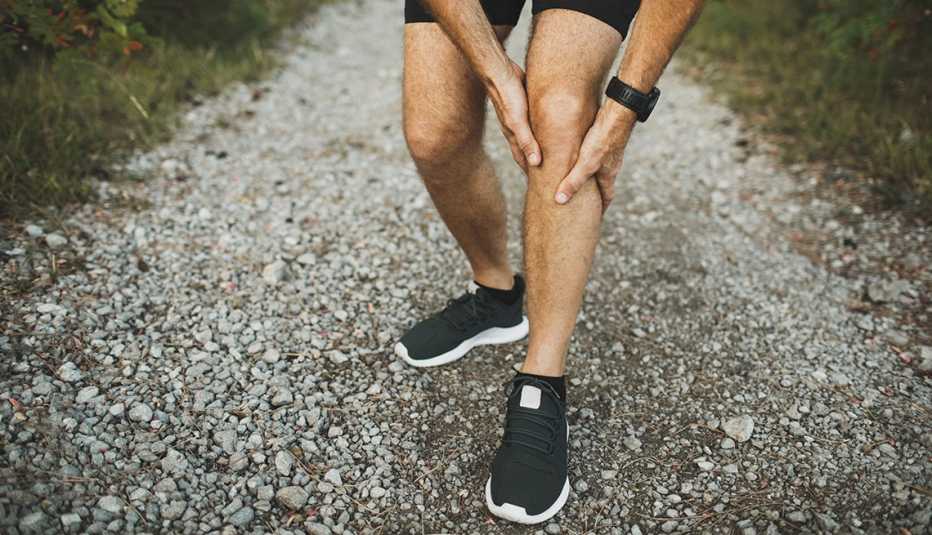Staying Fit
For older adults who develop knee osteoarthritis — caused by a loss, over time, of cartilage that cushions the ends of bones — walking for exercise may forestall frequent pain and limit damage to the joint, according to a study published in the journal Arthritis & Rheumatology.


AARP Membership— $12 for your first year when you sign up for Automatic Renewal
Get instant access to members-only products and hundreds of discounts, a free second membership, and a subscription to AARP the Magazine.
The study, which included 1,212 participants 50 and older who had knee osteoarthritis, found that those who walked for exercise were about 40 percent less likely to develop frequent knee pain than nonwalkers. It also found some preliminary evidence that walking may lessen some of the structural toll that osteoarthritis takes on the knees.
“These findings are particularly useful for people who have radiographic evidence of osteoarthritis but don’t have pain every day in their knees,” study coauthor Grace Hsiao-Wei Lo, an assistant professor of immunology, allergy and rheumatology at Baylor University, said in a statement. “This study supports the possibility that walking for exercise can help to prevent the onset of daily knee pain. It might also slow down the worsening of damage inside the joint from osteoarthritis.”



































































